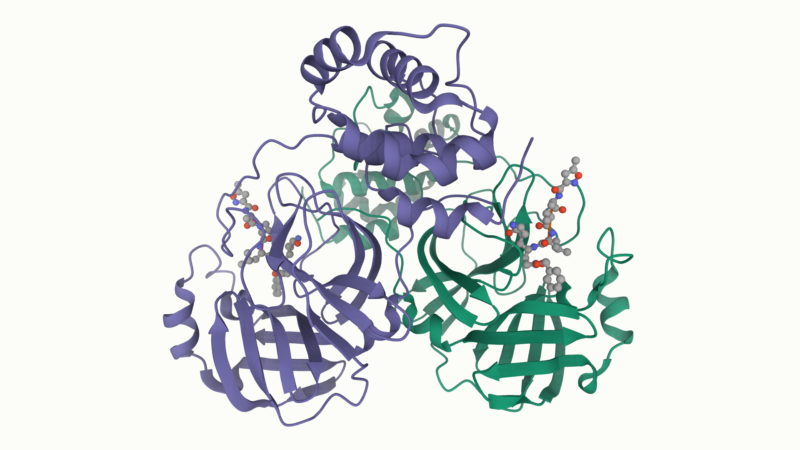The coronavirus pandemic turned Folding@Home into an exaFLOP supercomputer

Almost 20 years ago, faculty in the chemistry department of Stanford University launched a distributed computing project called Folding@Home (F@H). They sought to understand how proteins self-organize and why this process sometimes goes wrong, causing issues such as cancer and Alzheimer's Disease.
F@H hit its pinnacle of mindshare-and performance-in 2007, when Sony added it to the PlayStation 3. But like many other projects, it saw a gradual decline in its popularity since. This past March, however, F@H saw a sudden resurgence. Thanks to a confluence of events, notably including the SARS-CoV-2 pandemic, Folding@Home broke the exaFLOP barrier at least one or two years before Intel, AMD, IBM, or Cray could do it. Here's how those events played out.
In distributionDistributed computing projects partition a massive processing job out to individual computers, with each doing a small slice of the job. You can set the most distributed computing apps to run only when your PC is idle or let it run in the background while using it.
Read 25 remaining paragraphs | Comments